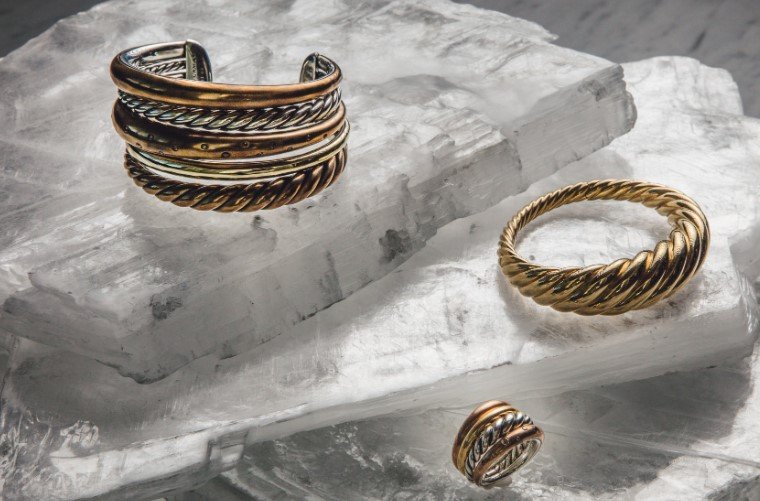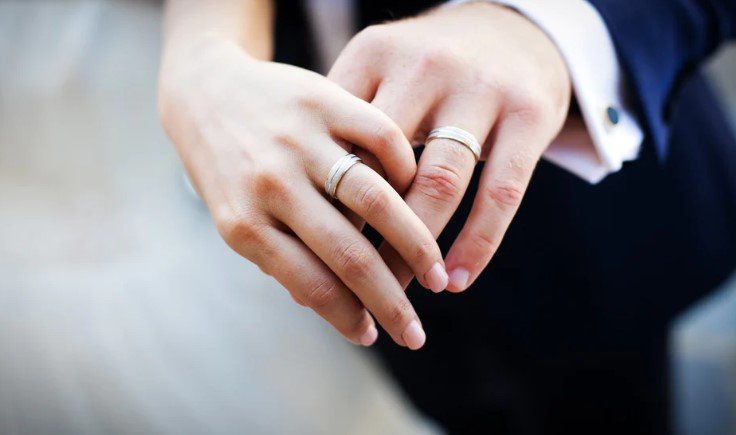Leather shoes, bags, and jackets are essential components of any fashion lover’s wardrobe. But what happens when you accidentally spill glue on them while completing a DIY project? Most people panic and assume their leather items are ruined beyond repair.
However, with the right knowledge and tools, you can safely and effectively remove glue from leather. In this article, we will provide an expert guide to removing glue from leather, including tips, tricks, and step-by-step instructions that will have your leather looking like new in no time.
Identify the Type of Glue and Leather
The type of glue and leather you are dealing with will determine the best methods for removing the glue. For instance, water-based glue is easier to remove than solvent-based glue. Thus, it is essential to identify the type of glue you are dealing with before attempting to remove it from your leather.
In addition, different types of leather, such as suede, nubuck, and smooth leather, require different cleaning methods. Using the wrong method can damage the leather and leave permanent marks. Therefore, it is important to understand the type of leather you are dealing with.
Once you have identified the glue and leather type, you can choose the best method for removing the glue. Some of the most effective ways to remove glue from leather include using rubbing alcohol, vinegar, nail polish remover, or a leather cleaner. But before applying any of these solutions, test them on a small, inconspicuous area of the leather to ensure they don’t damage the leather further.
How to Remove Glue from Smooth Leather
Removing glue from smooth leather is easier than from suede or nubuck leather. Here’s how to do it:
- Step 1: Dampen a cloth with rubbing alcohol and gently rub the glue spot until it starts to soften.
- Step 2: Use a clean cloth to wipe away the glue residue. Repeat this process until all the glue has been removed.
- Step 3: Once all the glue is gone, clean the leather with a leather cleaner to restore the shine and texture of the leather.

How to Remove Glue from Suede Leather
Removing glue from suede leather requires extra care because suede is a delicate type of leather. Here’s how to remove glue from suede leather:
- Step 1: Use a dry cloth to wipe away any excess glue gently. Do not scrub as this could spread the glue further.
- Step 2: Apply a small amount of vinegar to a cloth and gently rub the glue residue. Vinegar helps break down the glue without damaging the delicate suede.
- Step 3: Blot the area with a clean, dry cloth to remove any moisture. Repeat this process until all the glue has been removed.
How to Remove Glue from Nubuck Leather
Nubuck leather is similar to suede leather and requires similar cleaning methods. Here’s how to remove glue from nubuck leather:
- Step 1: Use a dry cloth to remove any excess glue gently.
- Step 2: Dampen a cloth with rubbing alcohol and gently rub the glue spot until it starts to soften.
- Step 3: Use a nubuck brush to remove any remaining glue residue gently.
Tips to Prevent Glue from Sticking to Leather
Prevention is better than cure, and this also applies to glue stains on leather. To avoid getting glue stains on your leather items, implement the following tips:
- Always cover the area around your leather when working on a DIY project involving glue.
- Be extra careful when using glue around your leather items.
- Use a protective coating or spray to prevent glue from sticking to your leather.
Conclusion:
Removing glue from leather may seem like an impossible task, but with the right tools and techniques, it is possible to remove glue from smooth, suede, and nubuck leather. Remember to identify the type of glue and the type of leather you are dealing with before attempting to remove the glue.
Additionally, test any cleaning solutions on a small, inconspicuous area before applying them to the glue spot. Prevention is always better than cure, and implementing the tips we have provided can help you avoid glue stains on your leather items in the future. With these expert tips, you can keep your leather items in perfect condition for years to come.
FAQ
What is the best way to remove glue from leather?
The best way to remove glue from leather depends on the type of glue and the type of leather. Generally, rubbing alcohol, vinegar, nail polish remover, or a dedicated leather cleaner are effective ways to remove glue from leather. Always test any cleaning solutions on a small area before attempting to clean larger areas.
Is it possible to remove superglue from leather?
Yes, it is possible to remove superglue from leather. However, be sure to use a softer cloth or brush so as not scratch the surface of your leather item while removing the superglue. Rubbing alcohol or nail polish remover are effective methods for removing superglue from leather.
How do I protect my leather items from glue damage?
To protect your leather items from glue damage, be sure to cover the area around the leather before using any glue. Additionally, you can use a protective coating or spray to prevent glue from sticking to your leather.
Is it possible to remove hot glue from leather?
Yes, it is possible to remove hot glue from leather. Start by cooling the hot glue with ice and then scraping off as much of the residue as possible with a spoon. After that, use rubbing alcohol or nail polish remover to soften and remove remaining residue. Finally, use a leather cleaner to restore the leather’s original appearance.
Is it possible to remove dried glue from leather?
Yes, it is possible to remove dried glue from leather. Start by soaking the area with warm water and then gently scrubbing off any residue with a soft brush or cloth. You can also use rubbing alcohol, vinegar, or nail polish remover to break down the glue before wiping away any remaining residue. Finally, use a dedicated leather cleaner to restore your leather’s original condition.















